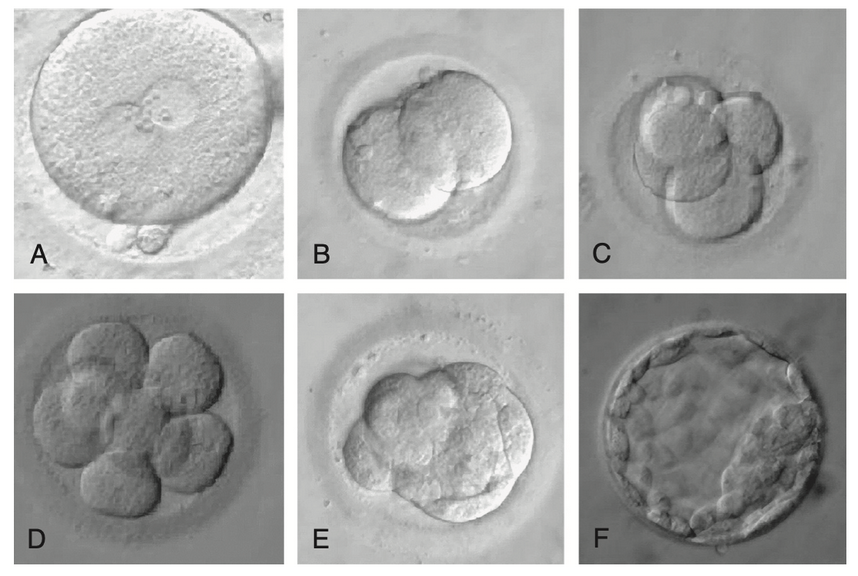Early Pregnancy Ultrasound Shows “Subchorionic Hemorrhage” — Should You Be Concerned?
- legend family
- Aug 22
- 2 min read

Many expectant mothers are surprised when their early pregnancy ultrasound shows a “subchorionic hemorrhage (SCH)” or “intrauterine bleeding”. It’s natural to feel anxious and ask: Does this mean a miscarriage? Will the baby be safe? In fact, SCH is relatively common in both natural pregnancies and IVF pregnancies.
What is Subchorionic Hemorrhage?
Simply put, it’s a small accumulation of blood between the placenta and the uterine wall. It occurs because some blood vessels may leak slightly during embryo implantation and early placental development — similar to a small bruise under the skin.
Many women have no symptoms at all, and the hemorrhage is discovered only on ultrasound.
Some may notice light spotting or brownish discharge.
If the hemorrhage is large, it can sometimes cause bright red bleeding or lower abdominal discomfort.
Can Subchorionic Hemorrhage Lead to Miscarriage?
Not all cases of SCH lead to miscarriage — most pregnancies proceed normally. However, it can increase risk in certain situations:
1. Location of the hemorrhage
If the blood clot is located at the placenta attachment site, it may affect the stability of the placenta, potentially impacting the supply of nutrients and oxygen to the embryo.
2. Size of the hemorrhage
Large hematomas can compress the placenta or embryo, affecting development.
3. Repeated or heavy bleeding
May trigger uterine contractions or cause partial placental detachment, increasing miscarriage risk.
The key is not just whether there is a hemorrhage, but its size, location, and any accompanying symptoms.
Common Questions & Answers
Q1: Do I need bed rest if SCH is detected?
Moderate rest is helpful: Avoid strenuous activity, heavy lifting, and intense exercise; this helps stabilize the hematoma.
Strict bed rest is not always necessary: Studies have not clearly shown that complete bed rest speeds up hematoma absorption or reduces miscarriage risk. Prolonged bed rest may even increase the risk of blood clots and anxiety.
Follow your doctor’s advice: If the hematoma is large or accompanied by significant bleeding or abdominal pain, short-term activity restriction may be recommended.
Q2: Should I increase progesterone (supportive therapy) if SCH appears?
Role of progesterone: It helps maintain the uterine lining and reduce uterine contractions, which is particularly important in IVF pregnancies.
Not everyone needs extra medication: Some SCH is unrelated to progesterone levels and is simply due to implantation-related bleeding.
Dosage should be based on testing: If your progesterone levels are normal, increasing the dose won’t make the hematoma disappear faster. If levels are low, your doctor may recommend supplementation.
Important: Do not adjust or stop medication on your own; always follow your doctor’s guidance.
What Can Expectant Mothers Do?
Stay calm and avoid excessive anxiety.
Follow medical advice for regular ultrasound follow-ups to monitor hematoma changes.
Rest appropriately and avoid heavy physical activity or strenuous exercise.
Seek medical attention immediately if significant bleeding or abdominal pain occurs.
Summary
Subchorionic hemorrhage is fairly common in early pregnancy, and most pregnancies progress smoothly. The key is regular monitoring, following medical advice, and maintaining a positive mindset. Taking good care of yourself is the best way to protect your baby.




Comments